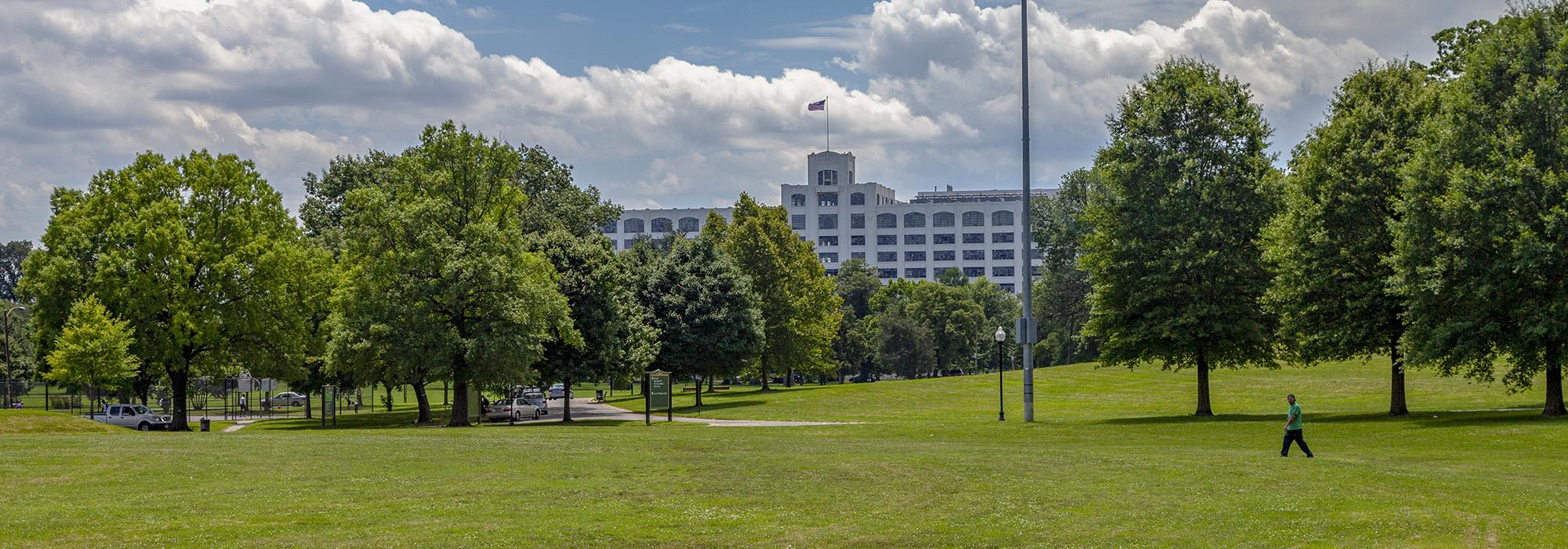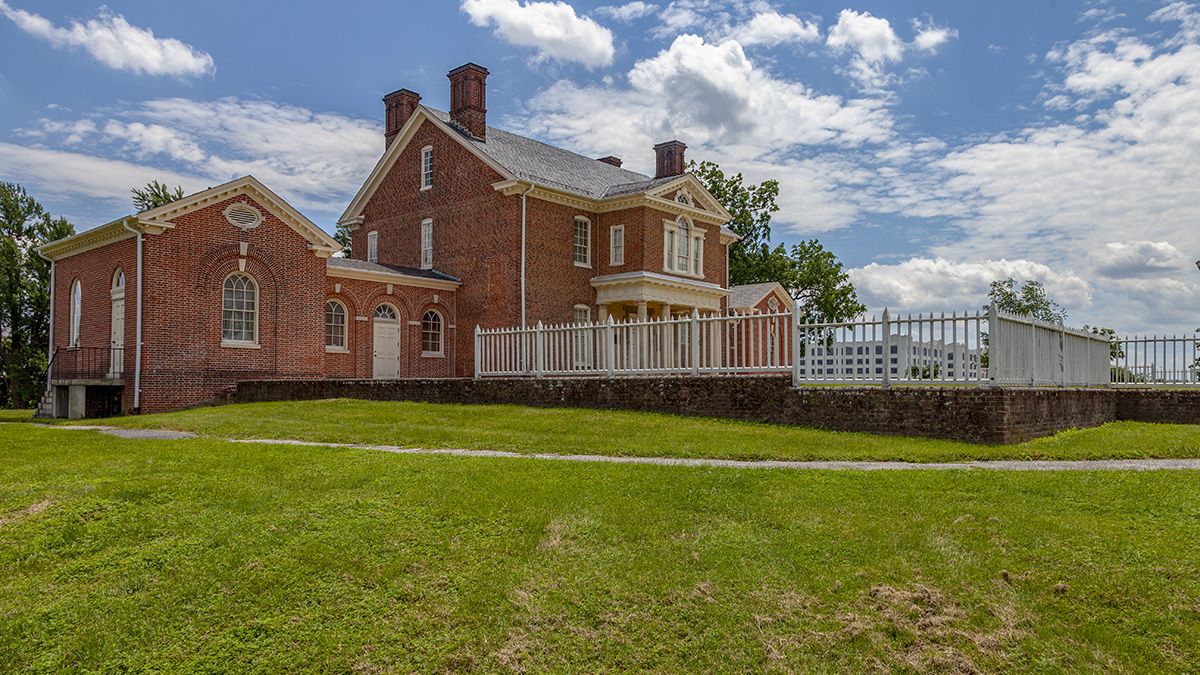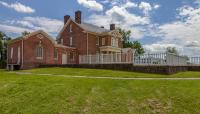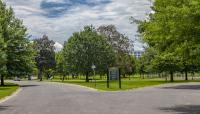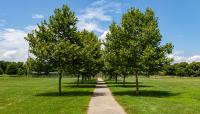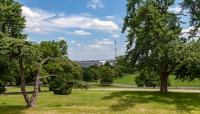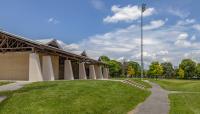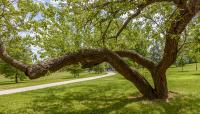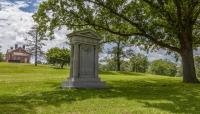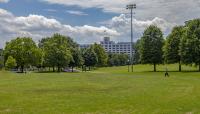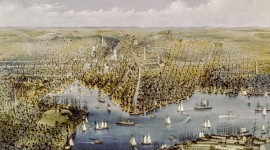Landscape Information
Located approximately 1.5 miles west of downtown, this 170-acre park occupies a portion of the former 800-acre Georgia Plantation established in the mid-eighteenth century by Dr. Charles Carroll. In circa 1760, his eldest son, Barrister Charles Carroll, sited a Georgian mansion (Mount Clare) atop the property’s prominent hill; his wife, Margaret Tilghman Carroll, designed the grounds. Contiguous with the mansion was a kitchen garden, while an orchard fanned radially outward down the southwestern slope. An ornate terraced garden, with a bowling green attached to the house, cascaded downward. The outermost expanse of the property was blanketed in woodlands and cultivated fields. The Carrolls owned several properties in the region and enslaved more than 70 people, including Richard Garrett, who was the plantation’s head gardener.
In the early nineteenth century, portions of the property were sold, donated, or leased to industrial interests and during the Civil War the grounds included a Union army encampment. Beginning in 1890, the city incrementally acquired additional parkland and in 1902 engaged Olmsted Brothers. From 1904 to 1915 the firm improved the grounds, planned a curvilinear path system, introduced active recreational spaces, and near the park’s center, designed sloping terrain planted with trees to complement the historic mansion and terraces. In 1923 a 35-acre, nine-hole golf course was built on the park’s southwest portion, which became the focus of civil-rights protests before becoming desegregated in 1951.
Today the park’s drives are lined with maples and oaks, while American lindens surround the eastern edge’s playground. Remnants of a horse chestnut allée and a pair of elms near the Mount Clare mansion predate city ownership. In 1970 the mansion was listed in the National Register of Historic Places and designated a National Historic Landmark, and in 2005 was listed in the National Underground Railroad Network to Freedom.



